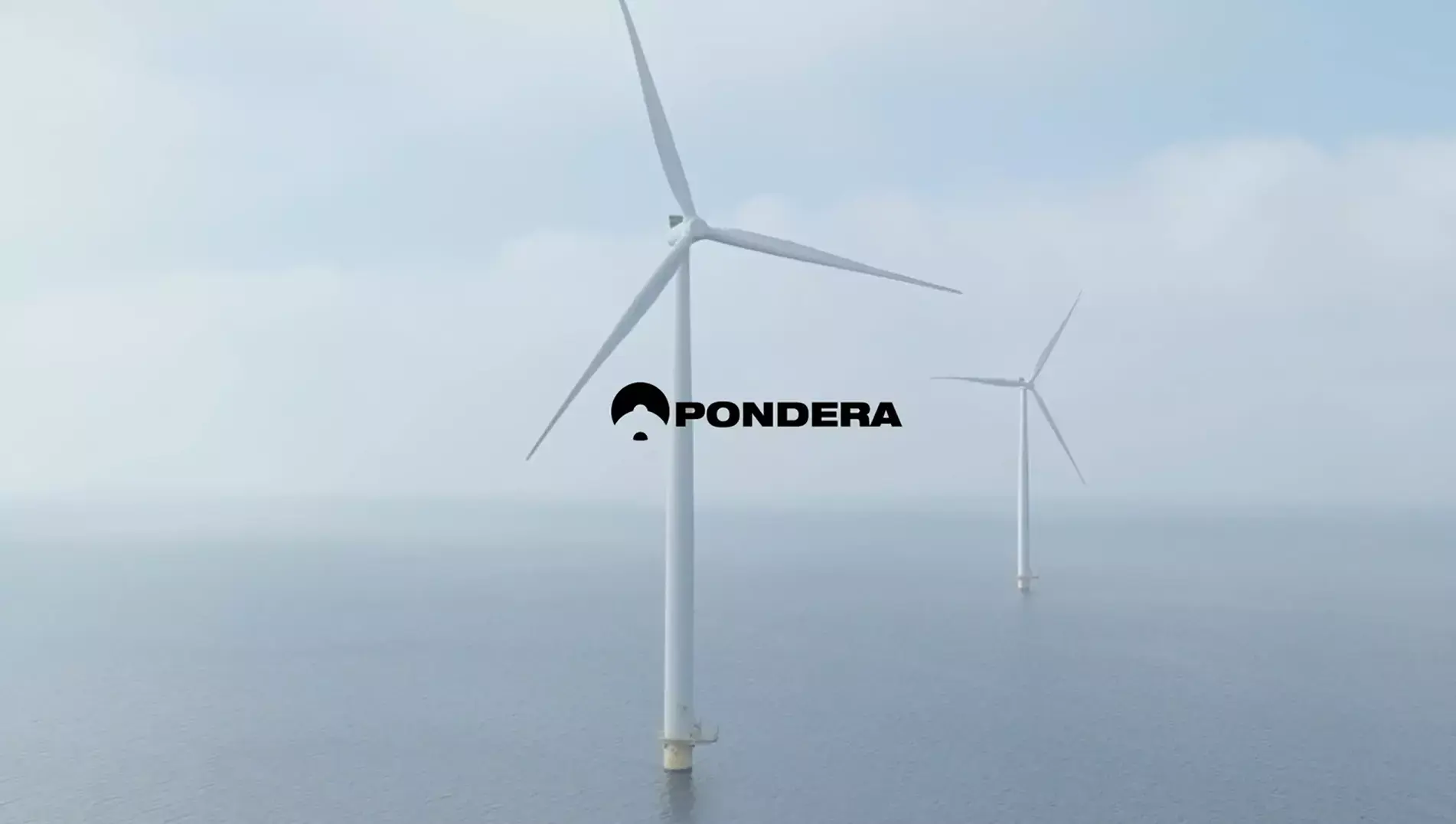Pursuing new horizons
in renewable energy

As renewable energy project consultants, we provide market parties and governments with the expertise and tools required. We focus on complex challenges in the energy transition, and create reliable and innovative solutions for our future energy system. As a committed partner, we contribute significantly to a sustainable, clean and secure energy supply.
We envision a future where our pioneering solutions provide a global transition to renewable energy, securing energy supplies and enabling a cleaner, greener and more sustainable world.
We are tackling climate change head-on by unlocking the limitless potential of renewable energy. Our purpose is to contribute in a thoughtful way to a sustainable environment in which renewable energy, nature and local society go hand in hand.

Every Pondera project, large or small, adds an essential piece to the global energy transition puzzle.
Pioneers are the main element for change.
That’s why every member of our rapidly expanding, multidisciplinary team is a pioneer in their own way. Together we push for new frontiers in-sustainable energy generation, transport, conversion, and storage. This is how we anticipate future energy needs and transitions.

- We demonstrate integrity in all decisions and actions
- We act as caring, forward-thinking, supportive professionals
- We stimulate continuous learning and improvement
- We actively engage with our customers, partners and colleagues
- We foster sustainable ecology, environments and well-being
- We anticipate energy needs and transitions in societies
- We creatively delve into complex renewable energy challenges
- We provide integrated multi-disciplinary expertise, services and tools
- We base our solutions on reliable processes, techniques and performances
Born in 2007 amid an escalating climate crisis, Pondera embarked on a mission: to harness abundant natural resources and foster a transition to sustainable energy. As consultants, we’ve tackled complex energy challenges with creative and trusted solutions, always prioritising customer value and partnership.
Our milestones range from contributing to the world’s first offshore wind farm to playing a role in the development of more than 16 GW of renewable energy projects worldwide. Every Pondera project, large or small, adds an essential piece to the global energy transition puzzle.
The global demand for knowledge and experience in the field of renewable energy solutions is growing rapidly. In response to the growing demand for our services, Pondera has become part of Haskoning. The joint ambition is to further enhance our position as leading consultant in the field of renewable energy and integrated energy systems, to help mitigate climate change and contribute to a healthier world.
We are committed, forwardthinking, and on a quest to empower a cleaner, greener, and more sustainable world. We are more than an international engineering firm - we're a group of passionate professionals, committed to driving meaningful change across the globe. We are Enhancing Society Together.
Are you committed to help us becoming a recognised global player in renewable energy, pushing for a future powered entirely by innovative, renewable energy systems?

